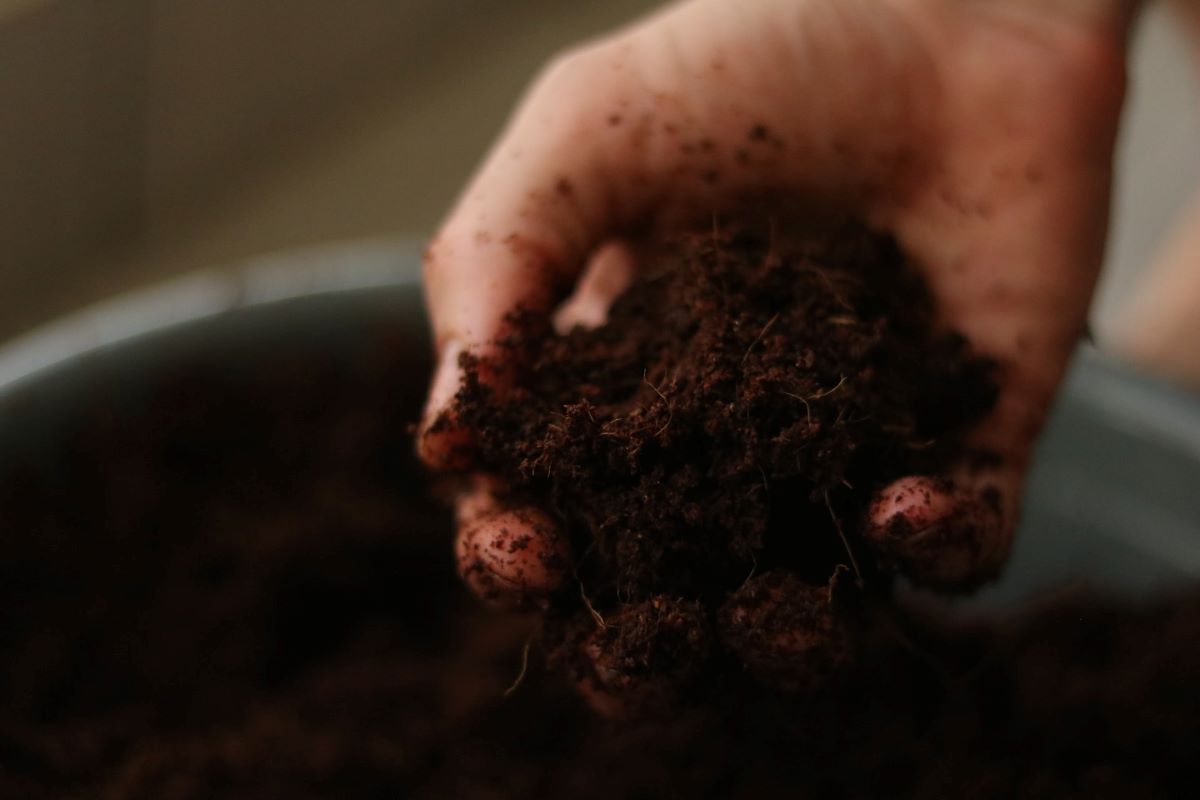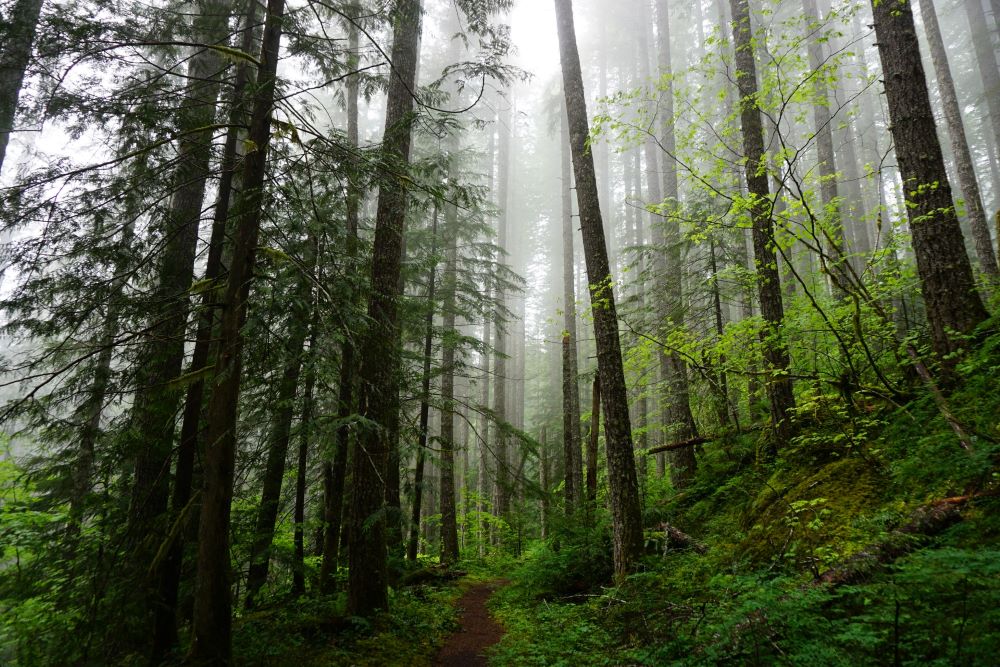
Composting Burial: Your Guide to Eco-Friendly Death Care
We are reader-supported. When you buy through links on our site, we may earn affiliate commission.
Have you ever heard of composting burial? Traditional burial methods aren’t great for the environment since they use valuable resources and toxic chemicals. Cremation might sound like a sustainable choice, but the process uses fossil fuels and releases carbon dioxide and other harmful substances.
Two eco-friendly alternatives are beginning to enter mainstream death care — aquamation and composting burials. Aquamation is a more sustainable version of cremation and the choice of recently deceased activist Desmond Tutu. Composting burial is a more natural alternative to traditional embalming and interment.
What Is a Composting Burial?
Composting burial is more commonly known as natural organic reduction (NOR) but is also referred to as terramation and human composting. Funeral homes specializing in this method have large warehouses that hold dozens of chambers where the process takes place.
With NOR, the body doesn’t go through an embalming process. It will decay naturally in a protected environment. After only two months, everything converts to nutrient-rich soil that’s returned to the family or donated to nature preserves.
How Does Body Composting Work?
After death, the microbes in our bodies are still alive and will begin the process of natural decay. At a composting burial, the body is placed in a container with other organic materials like straw, alfalfa, and wood chips. The microbes help to break everything down into high-quality soil.
After 30 days, caretakers remove any inorganic materials like joint replacements, fillings, and pacemakers. Then the bones are ground into smaller pieces, like in aquamation or cremation, and returned to the vessel of soil for another 30 days. Once the time is complete, every portion of the deceased is now nutrient-dense soil — the process creates about one cubic yard.

Benefits of Natural Organic Reduction
Returning to the earth using natural processes is a “green” option with several benefits for the environment and affected loved ones. Consider these when making end-of-life choices.
1. Better for the Environment
No matter the type of death care, a decaying body releases carbon. In cremation, all the carbon enters the atmosphere as carbon dioxide — along with chemicals from surgical implants or devices, since morticians don’t typically remove those. Add to that the toxic fumes of embalming fluids if the deceased person had a viewing before their cremation.
Also, the process of cremation uses fossil fuels to heat the chamber up to 2,000°F. As an alternative, NOR uses one-eighth the energy of cremation and saves around a metric ton of carbon dioxide per person — the equivalent of enough energy to power 49,000 homes for a year.
A composting burial uses all organic processes and contains the carbon. Instead of becoming carbon dioxide gas, the natural materials absorb it and transform it into nutrients for plant life. The soil generated in NOR can be taken anywhere for use in revitalizing the Earth, whereas cemeteries concentrate the benefits in one small area, possibly overloading the plant life there.
2. Bring Life Out of Death
Many people like the idea of their bodies returning to the Earth. Going through natural decomposition allows all of the nutrients and minerals in your body to complete the cycle and help create new life.
In a traditional burial, the body is embalmed, placed in an air-tight casket, and laid in the ground on top of a concrete slab. The rate of decay on all of those elements is extremely low and prevents someone from naturally decomposing. With cremation, everything is reduced to ash, which has no benefits for nature.
3. Much Cheaper Than Other Options
Traditional funerals with interment or cremation run from seven to nine thousand dollars but can run as high as $15,000. With this option, you pay for the funeral service and viewing, floral arrangements, casket, burial plot, headstone, and countless other things that add up quickly.
Funerals are expensive, but the costs don’t have to be quite so high. A composting burial can save your family thousands of dollars. The average NOR costs are around $5,000 and typically cover the entire composting process, transportation, and paperwork. A laying-in service is additional and costs between one and two thousand dollars.

Where Can I Get a Composting Burial?
Currently, this death care alternative is only available in Washington, Oregon, and Colorado. However, legislation to allow NOR and aquamation are spreading throughout the US. As of the time of this article, Vermont, New York, and California are working on green burial bills.
If you live in a state that hasn’t yet approved one of these methods, you can still make arrangements to have your loved one cared for at a facility in one of the legal locations.
Share on
Like what you read? Join other Environment.co readers!
Get the latest updates on our planet by subscribing to the Environment.co newsletter!
About the author
Maria Visser
Maria serves as the Assistant Editor of Environment.co. A true foodie and activist at heart, she loves covering topics ranging from veganism to off grid living.





